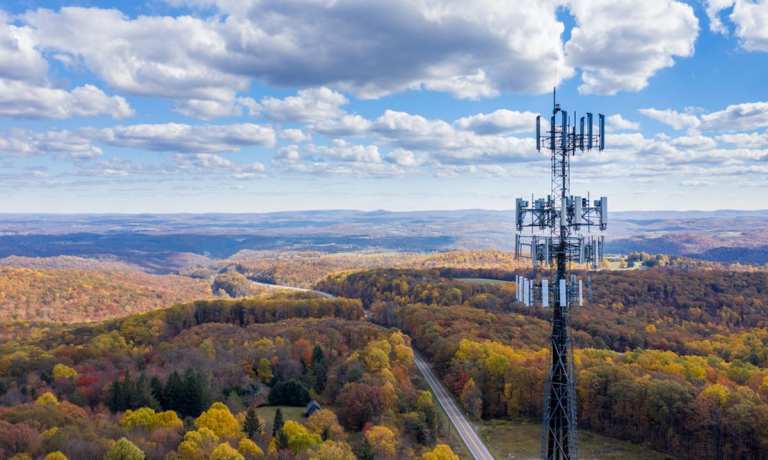
The great digital shift has changed how we work, communicate and even get our healthcare. But that shift has worked well only for those with the ability to get onboard – namely, via broadband access. In an age when most people carry mobile devices, laptops have edged out desktops, and the chirps and squeals of dial-up modems are dimly remembered – and when movies now come out simultaneously in theaters and via streaming – it may seem hard to believe that not everyone is connected. But lack of access prevents a significant slice of the U.S. population from tapping into high-speed internet, which now seems more a necessity than a luxury.
Even before the pandemic moved us all to our devices, various data points showed how glaring the great digital divide is. Microsoft said that as many as 162 million Americans were not using the internet at broadband speeds, and the Federal Communications Commission has reported that about 21 million Americans lack broadband access, primarily in rural areas.
The Census Bureau has noted that income matters when it comes to access: Simply put, higher-income counties tend to have higher rates of internet subscription than lower-income counties. The Bureau estimated that as late as 2018, an average of over 77 percent of households had a broadband subscription in counties with median household incomes equal to or above $50,000. In counties with median incomes below $50,000, according to the data, the average rate of subscription falls to roughly 65 percent. Areas designated as “completely” rural had broadband subscriptions at a rate under 62 percent.
Lack of broadband access becomes a knotty problem in rural areas, where taking advantage of in-person services – retail, for example, but especially healthcare – may involve long treks, and where hospitals (and even schools) may be few and far between. Having a face-to-face chat via video can – particularly in the midst of a public health crisis – make the difference between life and death.
In just one example, prior to COVID-19, fewer than 40 percent of patients with a chronic condition had a telehealth visit; post-pandemic, that number had risen to more than 60 percent. Data from the CDC shows that telehealth use rose from 50 to 154 percent during the early days of the pandemic.
Future-Proofing Broadband
As part of the sweeping multi-trillion-dollar infrastructure plan put forth by the Biden administration, there is an initiative to spend about $100 billion throughout the next eight years to modernize and “future-proof” broadband infrastructure and access.
In the fact sheet detailing the plan to “revitalize America’s digital infrastructure,” the administration said that “broadband internet is the new electricity. It is necessary for Americans to do their jobs, to participate equally in school learning, healthcare and to stay connected. Yet, by one definition, more than 30 million Americans live in areas where there is no broadband infrastructure that provides minimally acceptable speeds.”
The plan notes that lack of access is especially acute in rural areas and tribal lands. Biden said this past week that the plan would also “promote price transparency and competition among internet providers, including by lifting barriers that prevent municipally-owned or affiliated providers and rural electric co-ops from competing on an even playing field with private providers, and requiring internet providers to clearly disclose the prices they charge.”
In another initiative, a bipartisan group of U.S. senators sent a letter to government agencies urging that the very definition of high-speed broadband – i.e., 25 Mps download and 3Mps upload – be increased to 100 Mps download and 100 Mps upload. In the letter, the senators wrote that “we should make every effort to spend limited federal dollars on broadband networks capable of providing sufficient download and upload speeds and quality, including low latency, high reliability and low network jitter, for modern and emerging uses, like two-way videoconferencing, telehealth, remote learning, health IoT and smart grid applications.”
“Ask any senior who connects with their physician via telemedicine, any farmer hoping to unlock the benefits of precision agriculture, any student who receives live-streamed instruction, or any family where both parents telework and multiple children are remote learning, and they will tell you that many networks fail to come close to ‘high-speed’ in the year 2021,” according to the letter.